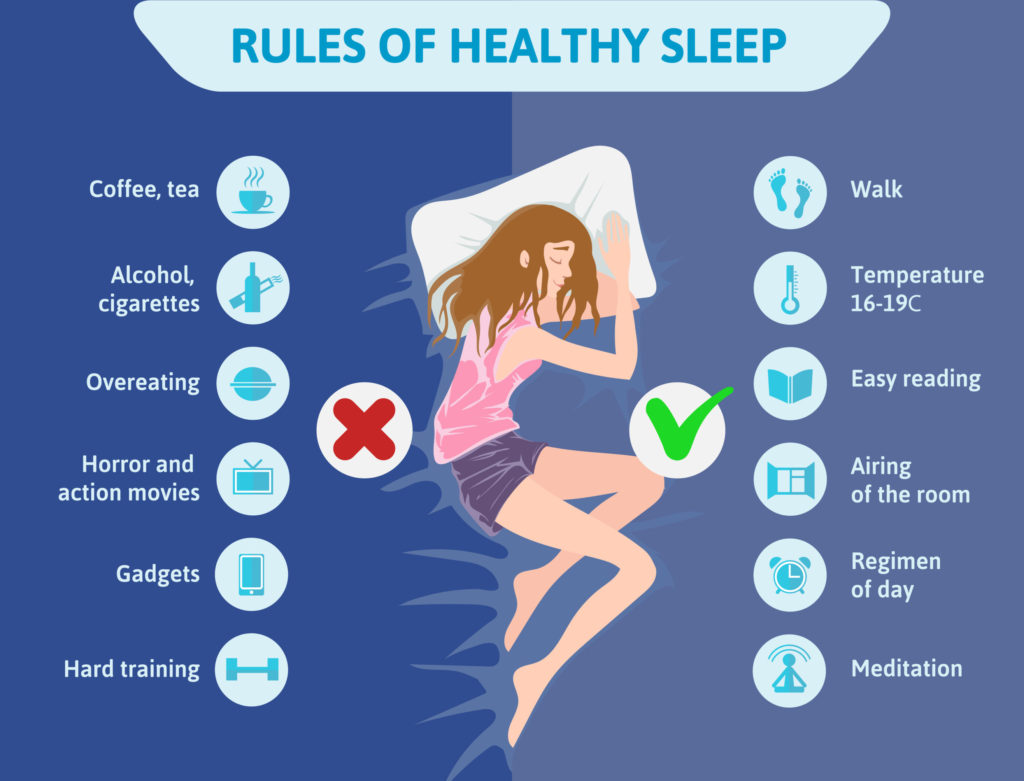Having pets is so fun and especially if you have a dog. They are cute and loyal; within a few days, they become a part of your life. They always feel what we are facing. But the question comes, can we also feel their pain? One of the best ways to know is to keep them healthy. If they are regularly improving, that means they are continuously improving themselves.
But with a longer life span, they also develop problems, diseases, or pains. And so much research has been done which may not let us know some of the clear signs of dog pain. And now, we have multiple options to learn about dog pain quickly and early.
Here are some signs which will give you clear indications that your dog is in pain. And also what kind of pain they are facing or the possible cures. Whether you need to take them to the vet or not.
Signs to know that your dog is in pain

Knowing that your dog is in pain is essential so you can consult with the vet. And it is also necessary to notice their progress report regularly once they start any medication. It’s our responsibility to develop a good and healthy life for our pets. They must enjoy the things which give them pleasure.
Many scales available on the market give accurate pain readings of your dog. They are called canine acute pain scales created by the veterinary school.
Here are some signs to know about the condition of your dogs –
- restless or easily distracted,
- looks uncomfortable,
- crying, or whimpering,
- rubbing, licking, or biting their wounded areas,
- looking worried or droopy eyes,
- staying in a single place for a long time,
- always sleepy,
- not interacting with people,
- flinching, pulling away, growling, crying, biting, or whimpering when someone touches them.
What can be given to them during the pain
If you see significant problems in your dog, you must take them to a vet. A vet will observe all of the issues on them and give some medicines according to their pain, which may include –
Opioids
Opioids work in the neurotransmitters, which give relief from pain. But they are shown in cases of severe pain.
Other drugs can also be given in case of less pain, and they will also work in the brain to provide some relaxation from pain. This means you can buy opioids like Tramadol online only when other non-opioids are insufficient.
Supplements are used in case of mild or moderate pain, or they are given with the other drugs to your dog to limit the drug your dog may need to take.
Opioids for dogs
The opioids work in the CNS in the brain to give instant relief from any moderate to severe pain. Although they must be provided when prescribed by the vet to avoid the chances of any side effects. However, at internet pharmacies, professionals can also help you.
Opioids can have side effects, which include slowed breathing, salivation, nausea, vomiting, vocalization, sedation, or hyperexcitability.
Dogs are living longer lives as healthcare choices for them continue to improve. A higher life expectancy comes with an increased chance of illness and pain in dogs. Enough study has been conducted to identify the indicators of discomfort, and we’ve now several alternatives for assisting a dog with pain.
This blog post will discuss how pain and discomfort occur in dogs and which medicines are safe for them. Furthermore, we’ll discuss what forms they are available, what pain they’re used for, and whether they’re prescription or over-the-counter.
How Do I Recognize If My Dog Is Dying Or Just Sick?
Knowing the indications of discomfort in your dog is critical so that you may seek assistance from your veterinarian. It is also essential to monitor your pet’s development and discomfort signs once they begin any drugs. Pets deserve a decent quality of life and the ability to enjoy things they like.
Here are several signs that your dog may be in pain:
- Restless or distracted easily.
- Looking uncomfortable.
- Crying or howling.
- Licking, rubbing, and biting when touched.
- Droppy ears, looking worried.
- Not responding when called.
- Not having any body movement.
- Not interacting with people.
We have Tramadol for sale on our website to relieve pain disorders in dogs. This medication is quite effective in limiting pain difficulties in dogs.
Are Human Pain Medicines Safe For Dogs?
In general, some medicines, such as heart medications, thyroid medications, and antibiotics, can be taken by humans and dogs. Even if a specific human prescription is safe for dogs, the dose is frequently different. A human’s metabolism differs significantly from that of a dog. That implies that particular treatments that are safe for humans can be harmful or even fatal to dogs.
Never give your dog the most common over-the-counter human pain-relieving medicines:
- Acetaminophen.
- Naproxen.
- Ibuprofen.
These medicines can induce stomach bleeding, kidney failure, and liver failure. Always consult your veterinarian before offering your dog any human medication.
Dogs are living longer lives as healthcare choices for them continue to improve. A higher life expectancy comes with an increased chance of illness and pain in dogs. Enough study has been conducted to identify the indicators of discomfort, and we’ve now several alternatives for assisting a dog with pain.
This blog post will discuss how pain and discomfort occur in dogs and which medicines are safe for them. Furthermore, we’ll discuss what forms they are available, what pain they’re used for, and whether they’re prescription or over-the-counter.
How Do I Recognize If My Dog Is Dying Or Just Sick?
Knowing the indications of discomfort in your dog is critical so that you may seek assistance from your veterinarian. It is also essential to monitor your pet’s development and discomfort signs once they begin any drugs. Pets deserve a decent quality of life and the ability to enjoy things they like.
Here are several signs that your dog may be in pain:
- Restless or distracted easily.
- Looking uncomfortable.
- Crying or howling.
- Licking, rubbing, and biting when touched.
- Droppy ears, looking worried.
- Not responding when called.
- Not having any body movement.
- Not interacting with people.
We have Tramadol for sale on our website to relieve pain disorders in dogs. This medication is quite effective in limiting pain difficulties in dogs.
Are Human Pain Medicines Safe For Dogs?
In general, some medicines, such as heart medications, thyroid medications, and antibiotics, can be taken by humans and dogs. Even if a specific human prescription is safe for dogs, the dose is frequently different. A human’s metabolism differs significantly from that of a dog. That implies that particular treatments that are safe for humans can be harmful or even fatal to dogs.
Never give your dog the most common over-the-counter human pain-relieving medicines:
- Acetaminophen.
- Naproxen.
- Ibuprofen.
These medicines can induce stomach bleeding, kidney failure, and liver failure. Always consult your veterinarian before offering your dog any human medication.
What Can You Give A Dog For Pain?
Your veterinarian will collaborate with you to create an individualized plan based on your dog’s pain. This could include:
1. Nonsteroidal Anti-Inflammatory Drugs (NSAIDs)
It alleviates pain by reducing inflammation. It is approved by the FDA and can be safely given to dogs to help control their pain and inflammation. This class of medicine affects the body’s reaction to pain by acting at several locations along the inflammatory route.
It would be best if you only gave your dog NSAIDs that your veterinarian has prescribed. Some NSAIDs are accessible without a prescription, while others require one. However, dogs with liver or renal illness may not take this medicine.
2. Opioid Medicines
Opioid medicines are prescribed for treating chronic pain. Opioids work in the brain to restrict pain perception. We have the best offer on Oxycontin and Tramadol for sale at our leading online pharmacy to relieve pain disorders in dogs. These opioid medicines are pretty potent in limiting pain difficulties in dogs.
Opioids have a high potential for abuse in humans and pets and are prescribed with regulations, monitoring, and limitations. Opioids are controlled drugs; therefore, your vet can prescribe them at a lower dose to your dogs and pets.
Opioids can cause severe side effects in dogs, including shallow breathing, nausea, vomiting, salivation, or sedation.
3. Other Medications
Other medications can impact the nervous system at various levels limiting pain signal perception.
4. Supplements
Supplements reduce the quantity of medicine your dog takes in situations of mild to severe discomfort or in combination with other drugs.
How To Comfort A Dying Dog In Pain?
When you notice the signals that your dog is dying, you may desire to make their final days as comfortable as possible. Therefore, staying calm with your pet in their old age will make the transition easier for you. Here are four ideas for comforting a dying dog as gently as possible:
1. Stay Patient With Your Dog
Older dogs frequently have joint and muscular issues and might feel irritated by their discomfort and limitations. Please try to be patient and give additional comfort if your dog is irritated near the end of its life.
You may look for the best offer on Oxycontin at our website to relieve your dog’s pain and discomfort.
2. Speak In A Comforting Tone
Assure your dog is not alone, and use calm, soothing tones. Compliment your pet dogs with good phrases to reassure them that everything is fine.
3. Prepare Some Of His Favorite Meals
It would be best if you baked some of your dog’s favorite food. However, it is usual for dogs to lose their appetite as they age, so don’t force them to eat anything.
4. See Your Vet About Pain Management
Consult your vet about pain management. If your dog still suffers from chronic pain, you can look at the best offer on Oxycontin at our pharma website. Veterinarians mainly prescribe Oxycontin for pain management options for the last few days.
Alternative Therapies For Pain In Dogs
You can also go for alternative therapies for treating pain in dogs which include:
- Chiropractic care.
- Physical therapeutic exercises.
- Laser therapy.
- Massage.
- Neuromuscular stimulation.
- Ultrasound.
- Acupuncture.
Final Words
It’s heartbreaking to watch your dog suffering from any discomfort. However, using human pain relievers without visiting your veterinarian is strictly advised.
Consult your veterinarian about your dog’s discomfort issues. You and your veterinarian can work together to create a pain management plan to make your dog feel better.









